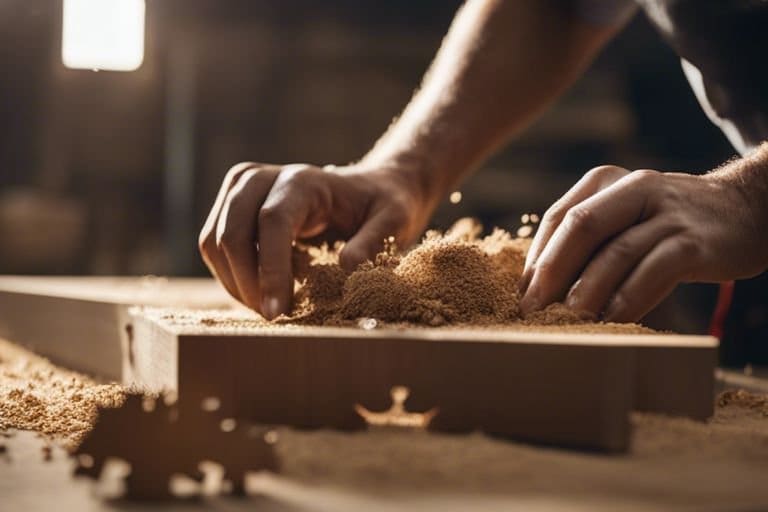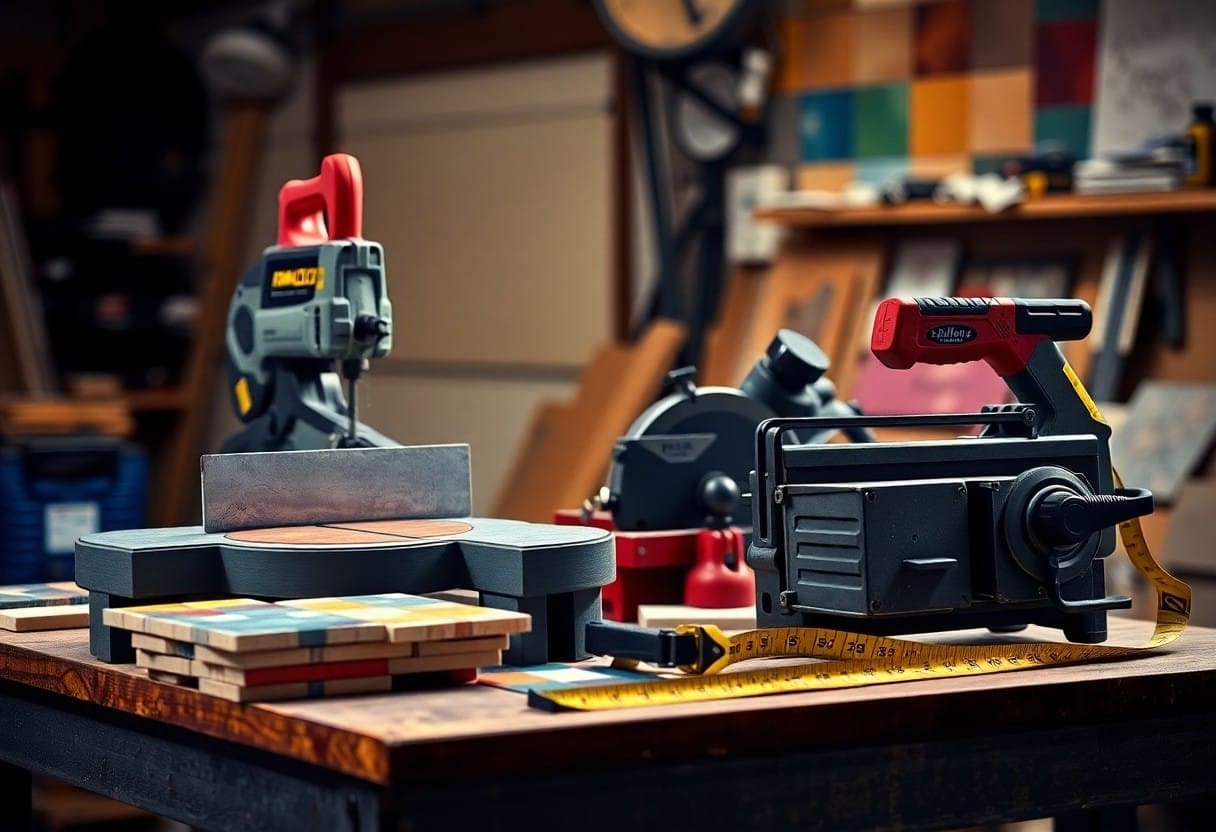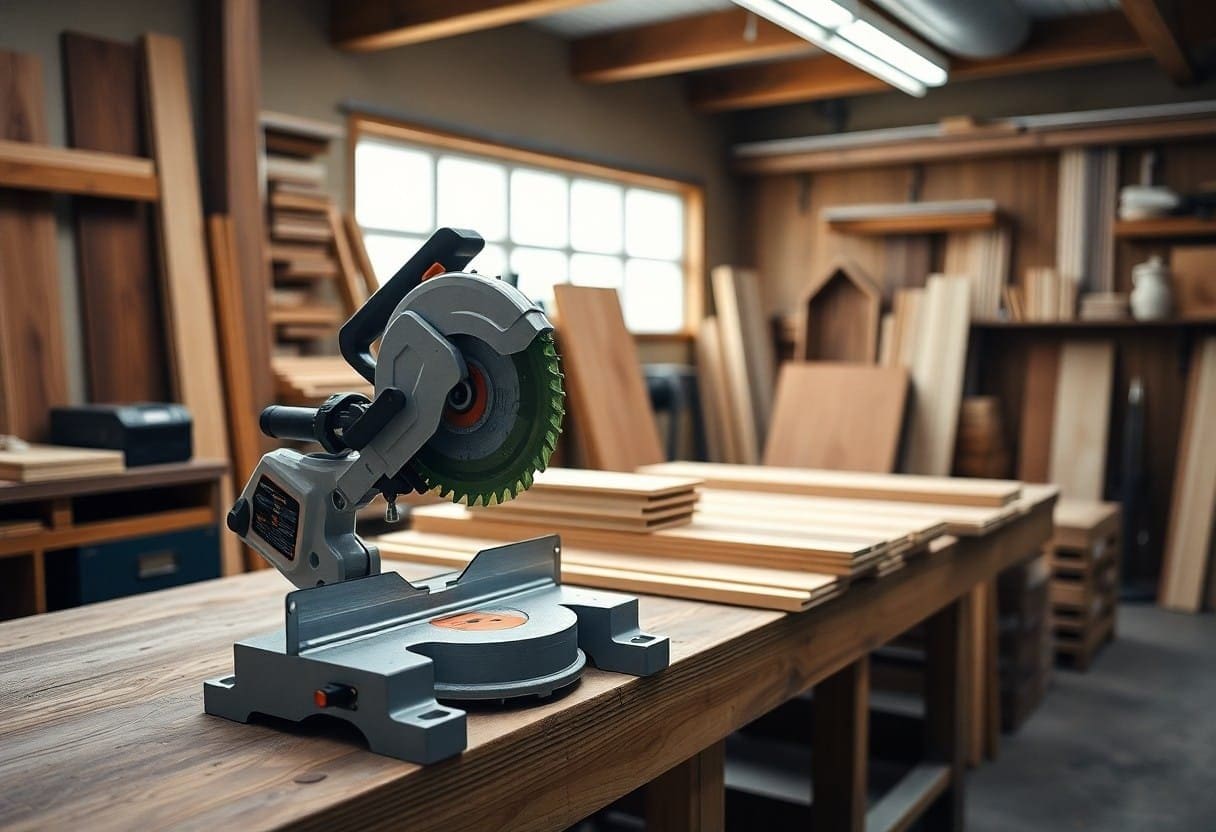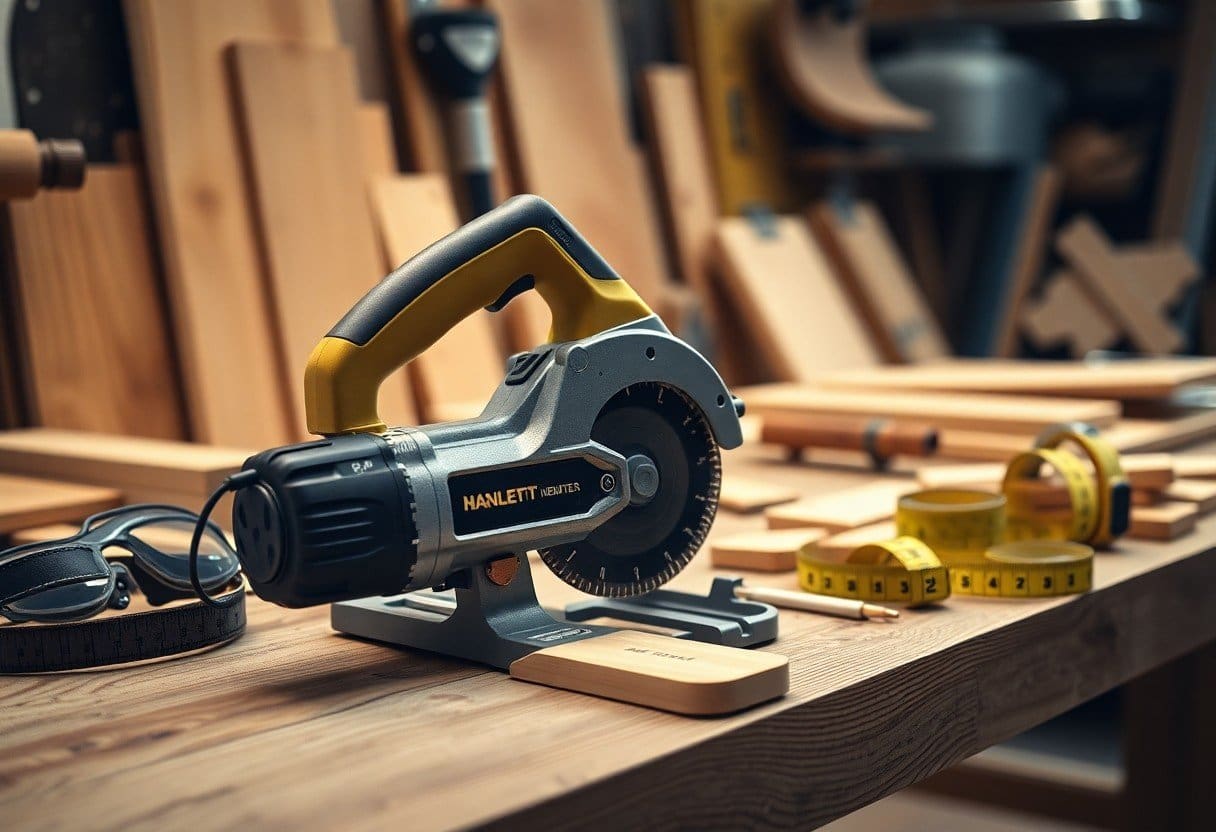Just like any power tool, using a jigsaw for intricate cuts requires careful attention to safety and technique. By following a few simple steps, you can ensure that your cuts are precise and your project turns out beautifully. Here are some practical tips to help you use a jigsaw safely and effectively for those detailed cuts you need in your woodworking or DIY projects.
Preparing for Intricate Cuts
Choosing the Right Jigsaw Blade
For intricate cuts in your project, selecting the right jigsaw blade is crucial. Make sure you have the appropriate blade for the material you are cutting. Fine-toothed blades work well for smoother cuts in materials like wood, while coarser blades are better suited for rough cuts in thicker material.
Setting Up Your Workpiece
Anytime you are making intricate cuts with a jigsaw, it is necessary to secure your workpiece properly. Use clamps or a vise to fasten the material firmly in place. This will not only provide stability but also ensure the safety of your cuts.
The last thing you want is your workpiece shifting unexpectedly while you are operating the jigsaw. This can lead to inaccurate cuts or, even worse, injury. Take the time to set up your workpiece securely before you start cutting.
Mastering Jigsaw Techniques
Controlling Speed and Pressure
To effectively use a jigsaw for intricate cuts in your project, it is vital to control both the speed and pressure you apply. Adjust the speed of the jigsaw based on the material you are cutting – higher speeds for softer materials and lower speeds for harder ones. Exerting too much pressure can cause the jigsaw blade to bend or become misaligned, leading to inaccurate cuts. Recall, let the jigsaw do the work; apply even, gentle pressure as you guide the tool along the cutting line.
Making Smooth Curves and Turns
Any intricate project will require you to make smooth curves and turns with your jigsaw. To achieve this, start by marking your cutting line clearly on the material. When cutting curves, use a slower speed setting, and gently pivot the jigsaw around the curve, moving it in a controlled manner. Take your time and make small adjustments as needed to follow the line accurately and produce clean cuts that meet your project requirements.
The key to making smooth curves and turns with a jigsaw lies in your ability to anticipate the path of the blade and maintain a steady hand. Practice cutting curves on scrap material to improve your technique and gain confidence before applying it to your main project.
Cutting Straight Lines and Edges
The most common use of a jigsaw in intricate cuts is to create straight lines and edges in your projects. An vital tip for achieving precise straight cuts is to use a guide or straight edge clamped onto the material. This will provide a stable surface for the jigsaw to run along, resulting in straight, clean cuts. Additionally, maintain a consistent speed and pressure as you move the jigsaw along the guide to ensure uniform cuts throughout the project.
Lines that are marked clearly and guides that are securely in place will help you achieve professional-looking straight cuts that enhance the overall quality of your woodworking projects. Take the time to set up your work area correctly before starting to cut, as it will significantly impact the final result.
Safety Precautions
Protecting Yourself from Kickback
With intricate cuts, there is a higher risk of kickback when using a jigsaw. To protect yourself, always wear safety glasses to shield your eyes from any flying debris. Additionally, consider using a riving knife or blade guard to prevent the wood from pinching the blade and causing kickback.
Avoiding Overheating and Blade Breakage
Safety should always be a top priority when using power tools like a jigsaw. To avoid overheating and blade breakage, make sure to choose the appropriate blade for the material you are cutting. A blade that is too fine for the job can overheat and break. Keep the blade sharp and replace it when you notice signs of wear, such as burning or smoking during cuts.
Precautions should also be taken to avoid applying excessive pressure while cutting, as this can cause the blade to heat up and potentially break. Allow the blade to do the work and guide the jigsaw steadily through the cut without forcing it.
Working in a Well-Ventilated Area
From fumes produced when cutting certain materials with a jigsaw, working in a well-ventilated area is crucial for your health. Ensure there is proper airflow in the workspace by opening windows or using a fan to prevent inhaling harmful particles.
Working with a jigsaw in an enclosed space can lead to exposure to dust and fumes, which can cause respiratory issues over time. Prioritize your health by setting up your work area in a well-ventilated space.
Designing Your Cut
Planning Your Cut Path
One of the critical steps in using a jigsaw for intricate cuts is planning your cut path. Before you even turn on the jigsaw, take a moment to carefully consider the design of the curve or shape you want to achieve. Visualize the path you need to follow and think about any sharp corners or tight spaces that may require special attention during the cutting process.
Marking Your Workpiece Accurately
Designing intricate cuts often necessitates marking your workpiece accurately to ensure precision. Use a pencil or a fine-tip marker to draw the desired shape directly onto the material. This will serve as a guide for your jigsaw blade to follow, helping you stay on track and avoid any deviations from your intended design.
Creating a clear, visible line to follow is imperative when using a jigsaw for intricate cuts. Note, the accuracy of your markings will directly impact the final outcome of your project, so take your time to mark the workpiece carefully before cutting.
Accounting for Material Thickness
Your material’s thickness plays a crucial role in the success of your intricate cuts. When designing your cut, remember to account for the thickness of the material. If you have a predetermined depth for your cut, adjust your cutting path accordingly to ensure you achieve the desired results.
It’s imperative to understand how the thickness of your material will affect the cutting process. By accounting for this factor in your design phase, you’ll be better prepared to make precise and accurate cuts with your jigsaw.
Executing Intricate Cuts
Cutting Small Radii and Tight Curves
Not all jigsaw cuts are straight lines – sometimes, you’ll need to navigate small radii and tight curves in your project. To do this effectively, start by drilling a small hole into the area you need to cut. Then, insert the jigsaw blade into the hole and carefully maneuver your jigsaw along the curve, moving slowly and steadily.
Making Precise Angled Cuts
Tight angles and precise cuts are crucial for a professional-looking finish on your project. The key here is to set your jigsaw at the correct angle before starting. Ensure the base plate is secure against the material, and your cutline is clearly marked. Make sure to adjust the speed of the jigsaw to match the density of the material you are cutting.
This will give you greater control over the cut, allowing you to achieve the exact angle you need. Be mindful of, patience is key when making precise angled cuts; rushing through this step can lead to inaccuracies in your final product.
Cutting Complex Shapes and Profiles
Radii, intricate designs, and complex shapes can elevate your project, but they require a steady hand and strategic approach. When cutting complex shapes and profiles, consider using a smaller, fine-toothed blade to maintain precision in your cuts. Take your time to follow the outlines meticulously, adjusting the speed and pressure of the jigsaw as needed to navigate corners smoothly.
Cuts like these can be challenging but immensely satisfying when executed correctly. Your attention to detail and patience will pay off with a beautifully crafted final product that showcases your skills and craftsmanship.
Troubleshooting Common Issues
Many times, when working with a jigsaw for intricate cuts, you may encounter some common issues that can affect the quality of your work. Here are a few tips to help you troubleshoot and overcome these challenges.
Dealing with Blade Wander and Deflection
One common issue you may face when using a jigsaw for intricate cuts is blade wander and deflection, where the blade deviates from the intended cutting line. To minimize blade wander, ensure you are using a sharp blade suitable for the material you are cutting. Additionally, try reducing the speed of the jigsaw and maintaining a steady hand while guiding the tool along the cutline. Using a straight edge or a guide can also help keep the blade on track for precise cuts.
Correcting Uneven Cuts and Splintering
Dealing with uneven cuts and splintering can be frustrating, especially when working on intricate projects. To correct these issues, make sure you are using the right blade for the material. A finer-toothed blade can help reduce splintering on delicate surfaces. Another tip is to place masking tape over the cutline before sawing, which can help prevent splintering.
With attention to detail and the right techniques, you can improve the quality of your cuts and minimize splintering, enhancing the overall aesthetic of your project.
Overcoming Material Resistance
With certain materials, you may encounter resistance while using a jigsaw, leading to a rough cut or the blade getting stuck. Overcoming material resistance requires adjusting the speed and pressure applied during cutting. Start with a slower speed setting and gradually increase it as needed. Additionally, ensure you are using a blade designed for the specific material to achieve smoother cuts.
Overcoming material resistance is important for achieving clean and precise cuts, especially when working on intricate details in your project.
Another crucial tip is to always wear safety goggles and follow proper safety precautions when using a jigsaw to avoid accidents and injuries.
Summing up
So, when using a jigsaw for intricate cuts in your project, it is important to follow safety precautions such as wearing protective gear, securing your workpiece properly, and choosing the right blade for the material you are cutting. By taking these precautions and practicing good technique, you can effectively and safely use a jigsaw to achieve those intricate cuts that will elevate the quality of your project.




